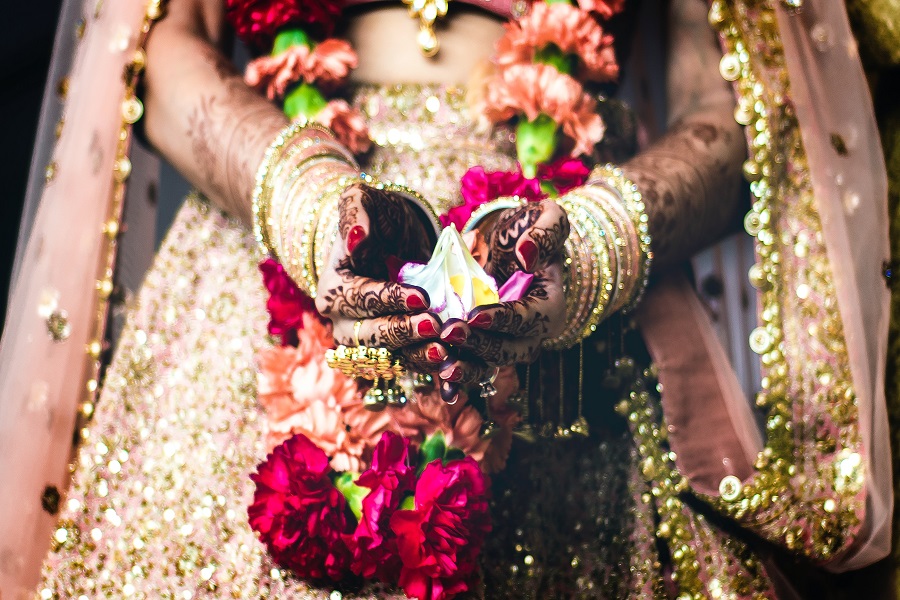
Follow us Now on Telegram ! Get daily 10 - 12 Interesting Updates. Join our Telegram Channel https://t.me/OhWomen
Download Telegram App before Joining the Channel
Like so many fashion words, "couture" is a term that tends to be used very loosely. Translated from its French origins, the phrase means "high sewing". In France (considered to be haute couture's original home), it is so revered that it is protected by law; to show at Paris, you need to comply with strict guidelines.
Paris' first couture house is considered to be Charles Fredrick Worth, who set up his label in 1858. While couture has adapted with time, it has also stood the test of time. The last edition of Paris's Haute Couture Week took place earlier in July, it was a digital format event for the first time.
In India Couture Week (ICW) is all of 13 years old and is an annual not seasonal event. This year it will be in digital or virtual format and starts September 18. If you think of high sewing-- this country is in many ways the global epicenter of couture. India's rich and diverse legacy of unique artisanship means that many of the finest pieces of couture are created at local export ateliers. From Armani to Valentino, European luxury houses look to India for their craftsmanship.
Couture shows play a very special role in the prestige and perception of a luxury house and sometimes are less about profit. But then, they sell everything from lipsticks to bed linen. Right now, in the middle of a pandemic, you might be wondering how these very expensive bespoke dresses made for special occasions really matter?
In India, couture is the bread and butter for many designers. The industry's apex body, The Fashion Design Council of India (FDCI) organises the ICW, and its president Sunil Sethi, says, "India as a country is known for its craftsmanship, all over the globe. Couture is a canvas where designers use their creative impetus, as a playground for fresh ideas whether it's motifs, embroidery, or inspirations." There are no real rules governing couture in India. Sethi adds, "Frankly, couture in India is mostly about bridal and this is where the money is. It is an intrinsic part of our culture. In recent times there has been a welcome addition of gowns for the red carpet and other functions."
The Indian bridal market was estimated by KPMG to be worth around $50 billion in 2017 and grows at around 20 per cent every year. Only the US spends more on weddings than India. It is during the wedding season that Indians splurge on fine fashion and expensive jewellry, and this is the reason most international luxury brands want a base in India-they want a part of that spend. And as gowns have now become accepted dress for the reception function or the welcome dinner, they have managed to nibble into some of the pie.
However, the big fat Indian wedding is going to have to go on a diet as it marries itself with the "New Normal." If you see the list of designers taking part it includes Amit Aggarwal, Gaurav Gupta and Rahul Mishra who considered the new guard of Indian couture. The forced pause has made many introspect and fashion is still figuring out how to embrace the new world order. Notably missing from this September's edition of ICW are some of the modernizers of Indian fashion -- Anamika Khanna, Anita Dongre, Abu Jani and Sandeep Khosla, to name but a few.
"Couture is part of India, it's the home of artisans, and bespoke clothes for weddings are part of its culture. Couture has been bridal in India, but couture is changing," says Gaurav Gupta, a designer known for his fantastical couture showings. Fellow participating designer Amit Aggarwal states, "Couture for me is a feeling. It sets the tone for the whole year. The pret line, festive drops all expand on the language and art that the couture collection sets in place."
With many designers being dependent on couture for their business it of course is in their interest to push the concept of big weddings. Though many young brides are looking for something intimate, a new grandness. Of course weddings are still happening, while they are not the multi day extravaganzas there once more -- there is still a demand for "the dress". But can it really be the driving force of a whole industry any longer?
Couture's intrinsic artisanal nature makes it an important part of the "Vocal for Local" movement and it's timeless approach to fashion is a fit with the current drive towards sustainability. So, there are lots of reasons to believe couture will remain relevant.
ICW's digital format is not only practical in these times of social distancing but also pushes designers to embrace new age practices. This edition could prove to be a turning point and bring new joy to couture - if (and only if) designers embrace these new conversations and do not just rely on the traditional bridal market.